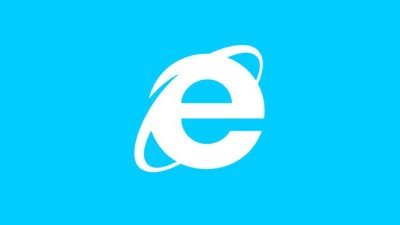Internet Explorer 11 lets you browse the web fast as it loads the page content instantly, says Microsoft. In an official blog post, Microsoft explains how its premium web-browser tackles the network latency issue and utilizes battery life, memory, and CPU usage in a more efficient and precedent way. This has a lot to do with how the Internet Explorer 11 approaches and renders a content, prefetching. Let’s dive into it.
IE11 Page Prediction, Preload and Prefetch
The latest version of Internet Explorer, IE11, which is available on Windows 8.1, Windows 8.1 8 and Windows 8.1 7, uses three techniques – Page Prediction, Preload and Prefetch to get and display the content fast.
The browser automatically downloads the subsequent content, as when you need it, it will display it instantly. It uses the SPDY/3 protocol to download all the information – text, images, and flashy content in parallel so that more data can be fetched in lesser time. This results in instant display of the page when you click it, almost like as if the content was stored in your hard-drive or local network. All of this takes place in the background, and doesn’t hinders your browsing experience.
Page prediction helps you save time, and also get an idea of what other relevant things are. The browser automatically analyzes your browsing pattern and suggests what it thinks your next possible web query and destination will be.
Microsoft has also put some tip for the developers which they can use to make the navigation, and preloading of web pages for their website easier and more precise.
Internet Explorer smartly prefetches individual resources rather than going after all the resources present in a page at the same time. Prefetching over takes the existing and majorly used Preloading technology. Unlike preload, prefetching uses minimal, if at all memory and CPU resources.
In the post, Microsoft has also explained how its browser is lighter on battery usage.

Leave a Reply